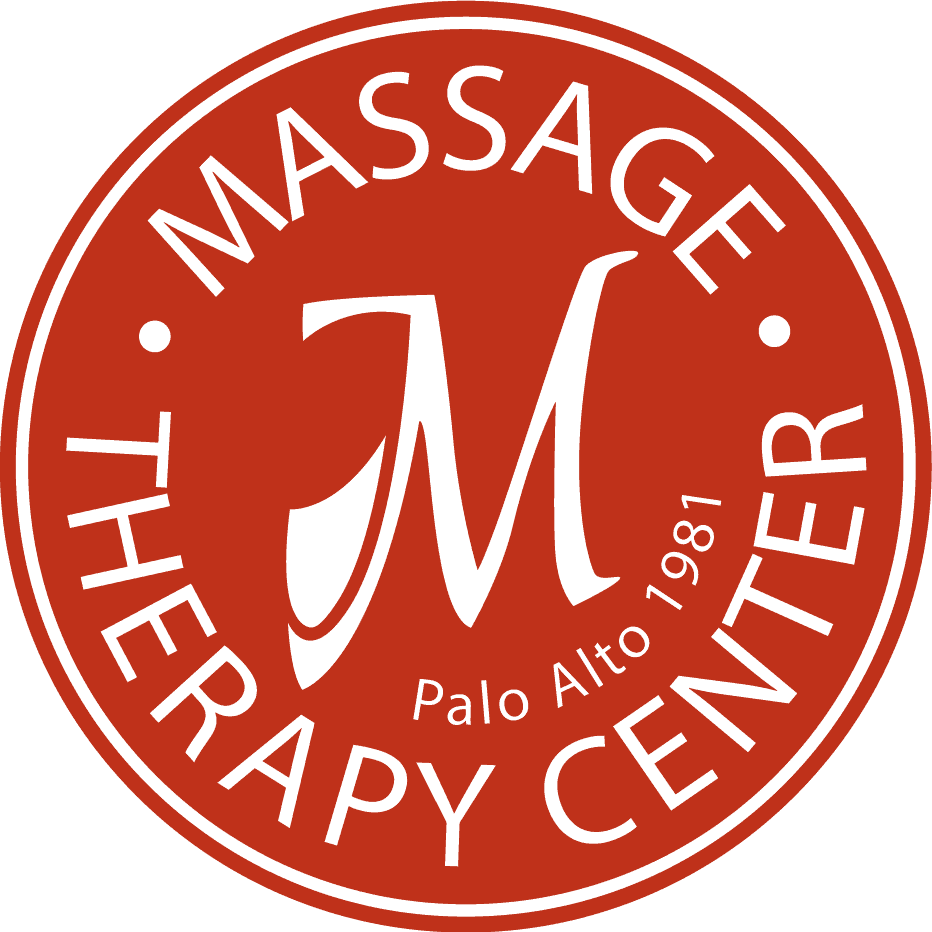Your Thoracic Spine

About 80 percent of Americans experience back problems at some point. Most people attribute back pain to their low backs or necks, but oftentimes issues in the upper back are actually to blame.
Although the upper back, thoracic spine, doesn’t get much attention, it’s literally the backbone for your lungs and heart, surrounded by your rib cage, which protects these vital organs. Of the spine’s 70 joints, 50 percent are in the thoracic spine. If you factor in the additional 20 specialty joints (called the costotransverse joints) that help your ribs articulate and move, you’ll quickly understand that your thoracic spine is a workhouse responsible for two-thirds of the movement in your torso. So the odds of something going awry are high.
Despite the thoracic spine’s potential for movement, the unique design of your upper back and rib cage does not allow for as much movement as you may think. This is to protect your lungs and heart as excess motion here could impact these key organs. What’s more, the vertebrae of the thoracic spine interlock with one another and act as a hard stop during backbends—again, to defend your internal organs.
These movement-inhibiting mechanisms are important. However, if you lack the proper amount of mobility in your thoracic spine, then the most mobile junction of your spine [T12/L1, the lowest point of the thoracic spine and the highest part of the lumbar spine] may become hypermobile to make up for it, particularly in backbends. Lack of thoracic spine mobility can also create an excessively mobile cervical spine. [Jill Miller ~ Yoga Journal, November 2017]
The hallmark of a healthy spine is that it can access all its inherent ranges of motion. Once you start leaving a motion out, the joints and tissues stiffen, and in the case of the upper back, this can translate into breathing issues. An excessively immobile thoracic spine can lead to a stiff rib cage, which can then restrict the capacity of your diaphragm and lungs. Because breath control gives us access to our nervous system and emotional centers, the interplay between the upper back and breath are critical for permitting relaxation, well-being, emotional attunement, and whole body health.
All of our therapists at Massage Therapy Center Palo Alto are highly qualified to give you the best massage sessions to enhance the healthy mobility of all your spinal joints so that lower back pain can be managed and remedied.
